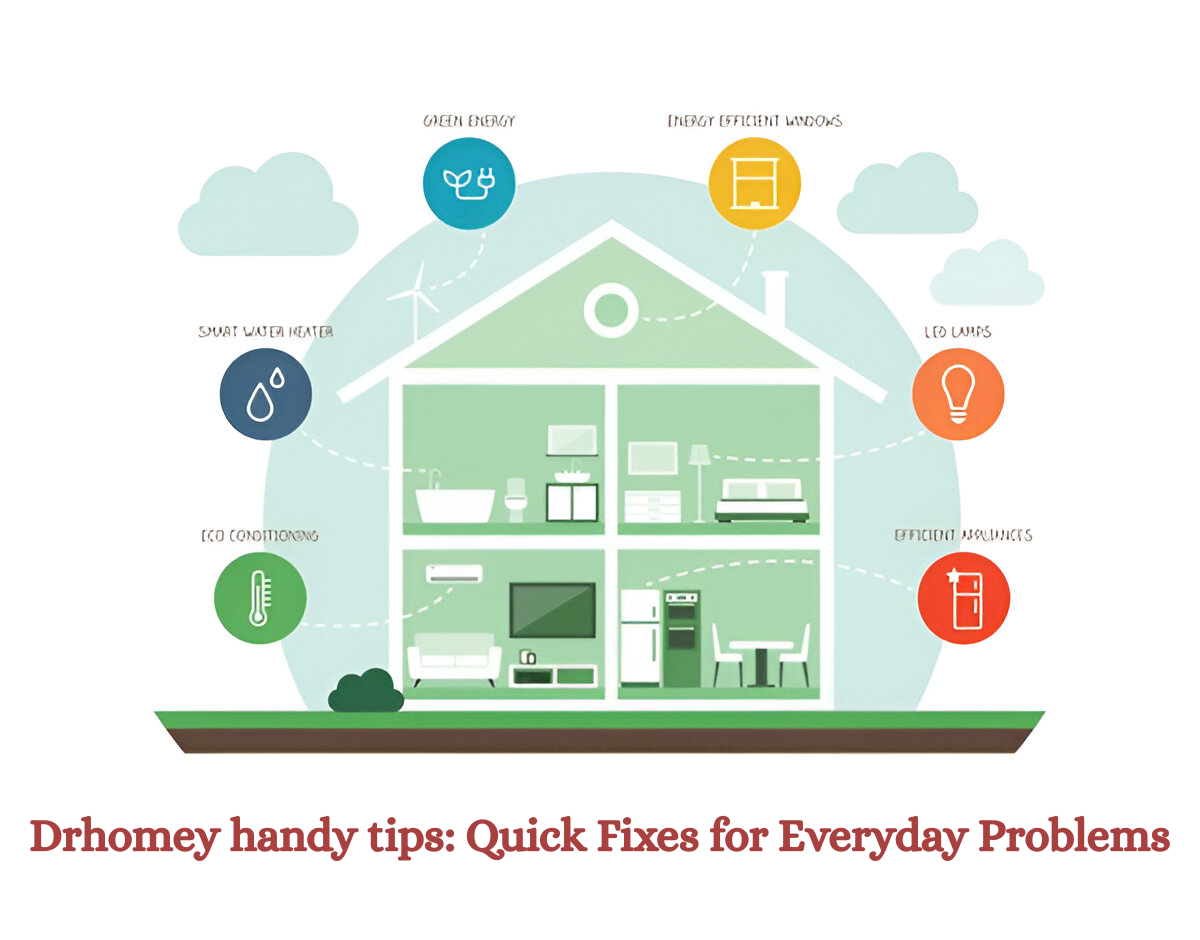
Home remodeling is less about pretty finishes and more about decisions, timing, and coordination. The best projects start with a clear problem to solve like better storage, safer bathrooms, a brighter kitchen, a finished basement that actually feels dry and comfortable. With the right plan, you’ll protect your budget, keep momentum during inspections, and end up with spaces that work the way you live. Teams like Patriot Property Pros focus on code-right details, clean job sites, and steady communication so the work stays on schedule and the finishes look intentional.
Start with purpose, then translate it into a scope
Before you pick tile or paint, define what has to improve: traffic flow, lighting, storage, ventilation, or accessibility. A concise written scope turns ideas into drawings, selections, and a sequence of steps your contractor can price and schedule. It also becomes the reference point that prevents “while you’re here” creep.
Budget with real numbers, not placeholders
Budgets fail when allowances don’t match taste or the local market. If you love large-format porcelain, quartz counters, quiet ventilation, and dimmable layered lighting, price those from the start. Include a contingency so hidden conditions such as framing surprises, outdated wiring, undersized vents don’t derail the plan or push decisions into a rush.
Bathrooms: small rooms, big coordination
Bathroom remodeling compress structure, plumbing, electrical, waterproofing, and tile into a tight footprint. The order matters. Rough-in heights, blocking for glass and accessories, fan sizing and ducting, and continuous waterproofing must be right before you chase looks. Good bathroom work is quiet, dry, and easy to clean; great bathroom work also lines up tile with sightlines and hardware so everything feels deliberate.
Kitchens: function first, finish second
Gorgeous cabinets won’t fix a clumsy layout. Start with zones and clearances, then power and ventilation. Dedicated circuits, correct GFCI placement, and a ducted range hood do more for everyday life than any door style. After that, cabinet box construction, drawer hardware, and durable counters keep the kitchen feeling solid years after the photos.
For best kitchen cabinets visit Indoorlavish.
Basements: finish only after you’ve proven it’s dry
A basement can be the best square footage in the house or the most expensive mistake. Check for moisture, fix grading and downspouts, and choose finishes that tolerate below-grade conditions. Plan dehumidification and supply/return air so the space feels like the rest of the home, not a sealed room at the end of a hallway.
Whole-home updates and additions
When many rooms move at once, coordination is everything. Engineering for wall removals, HVAC load calculations and returns, low-voltage prewire, and window/door flashing details all interact. A realistic schedule ties payments to milestones and keeps lead times (cabinets, tile, glass) from stalling the job.
A typical sequence that actually works
Most remodels follow a similar arc: design and selections, permits, protection and demo, layout verification, framing, rough-ins and inspections, insulation and drywall, cabinets/tile/trim, paint and flooring, fixtures and final punch. The best days on site are quiet and predictable because the decisions were made earlier.
How to choose the right remodeling contractor
You’re hiring coordination and accountability as much as craftsmanship. Look for a written scope with real model numbers, a milestone schedule, and a clear change-order process that prices work before it happens. Ask for recent references and confirm insurance. Professionals are transparent about who handles framing, tile, and finish carpentry and why those subs fit your project. Local firms such as Patriot Property Pros take a design-build approach and aligning design, permits, trades, and inspections so the job moves in one direction.
Four traps that make projects expensive
- Vague scopes that hide missing line items behind a low total
- Unpermitted structural, plumbing, or electrical changes
- Under-sized ventilation in baths and kitchens that invites moisture problems
- Large upfront deposits not tied to measurable milestones
Small decisions that pay off daily
- Layered lighting (task, ambient, accent, each on its own control)
- Quiet, properly ducted bath and kitchen ventilation
- Blocking in walls for future accessories and glass
- Durable, cleanable surfaces at the heaviest-use touchpoints
Maintenance and warranty
Even the best remodels need care. Ask for product care guides and a written labor warranty. A short seasonal checklist like vent cleaning, filter changes, caulk and grout touch-ups in wet areas that protects what you’ve built and prevents small issues from becoming big ones.
The bottom line
Successful remodeling is disciplined planning plus clean execution. Define the purpose of each space, price what you actually want, and partner with a contractor who sequences trades, documents decisions, and owns the details. That’s how bathrooms feel dry and bright, kitchens work like a well-designed tool, basements live like the rest of the home, and whole-house updates look like they belong together today and ten years from now.




